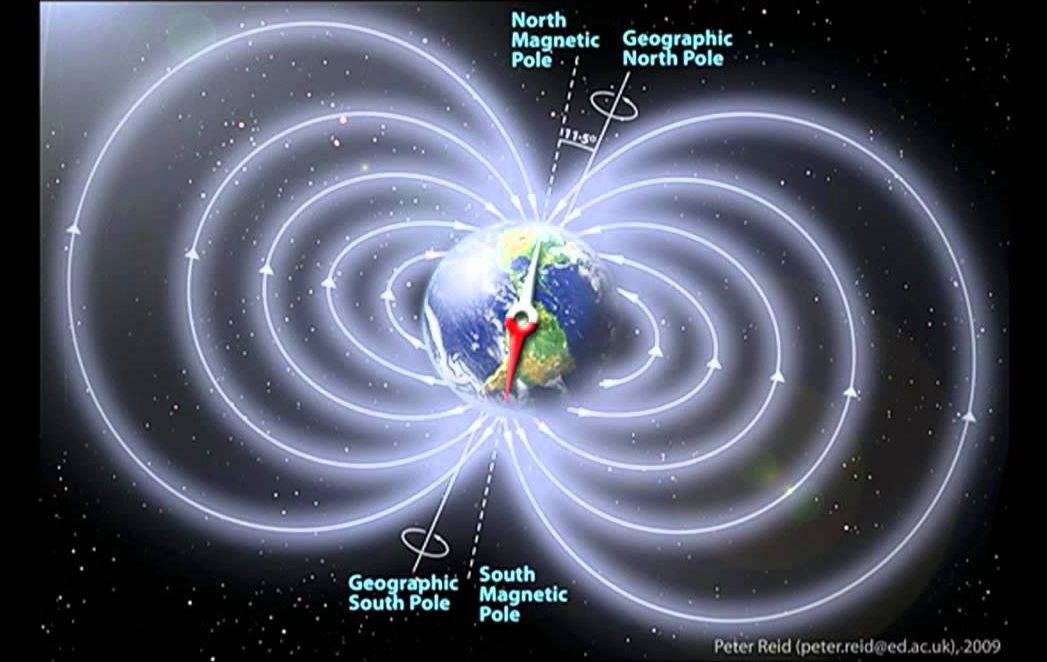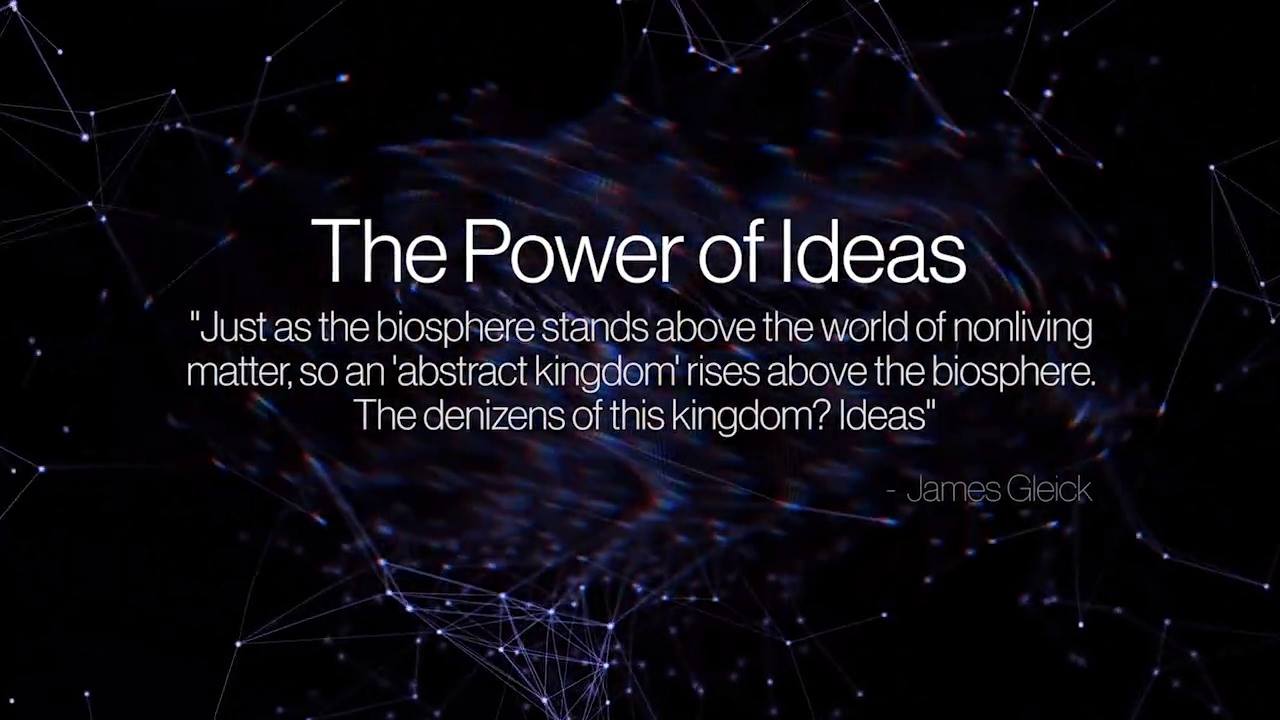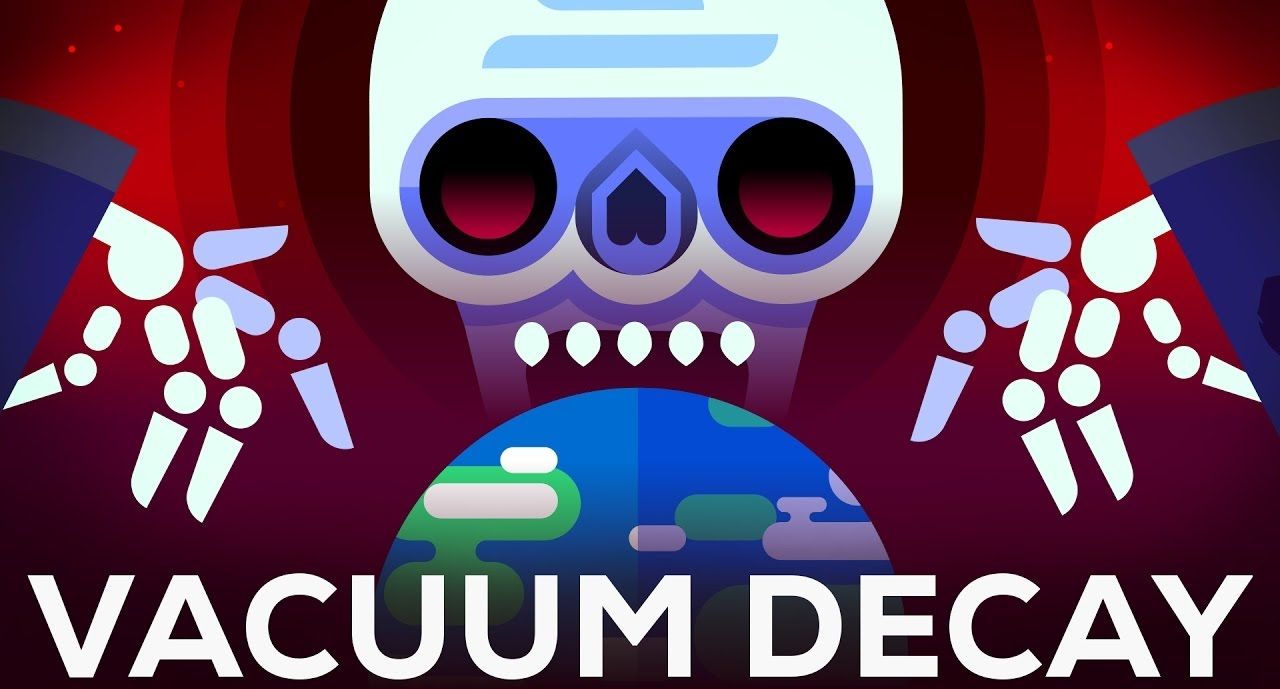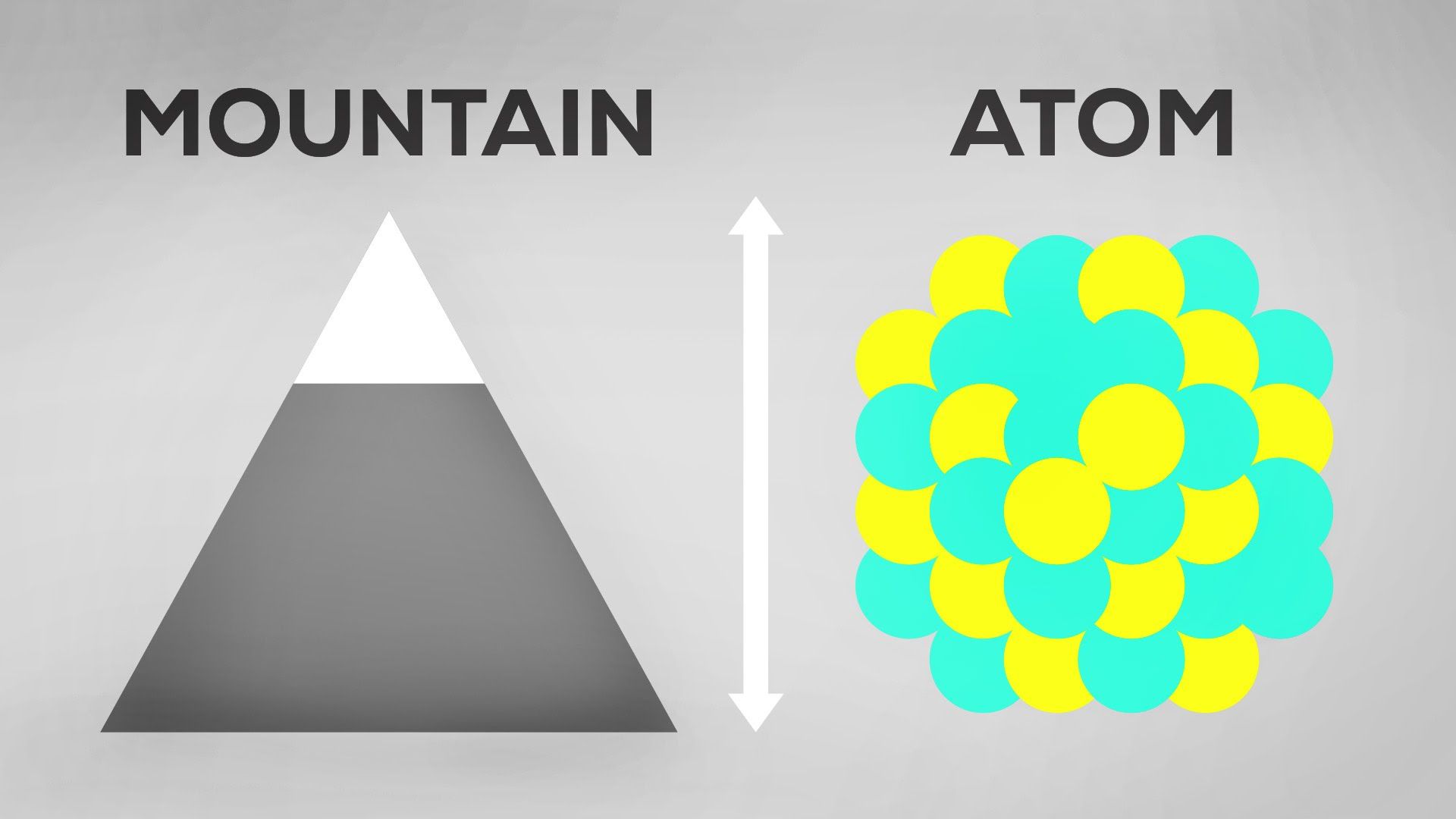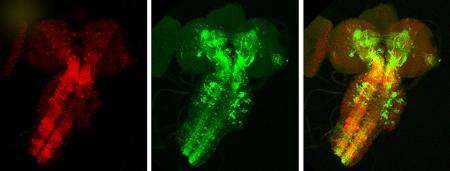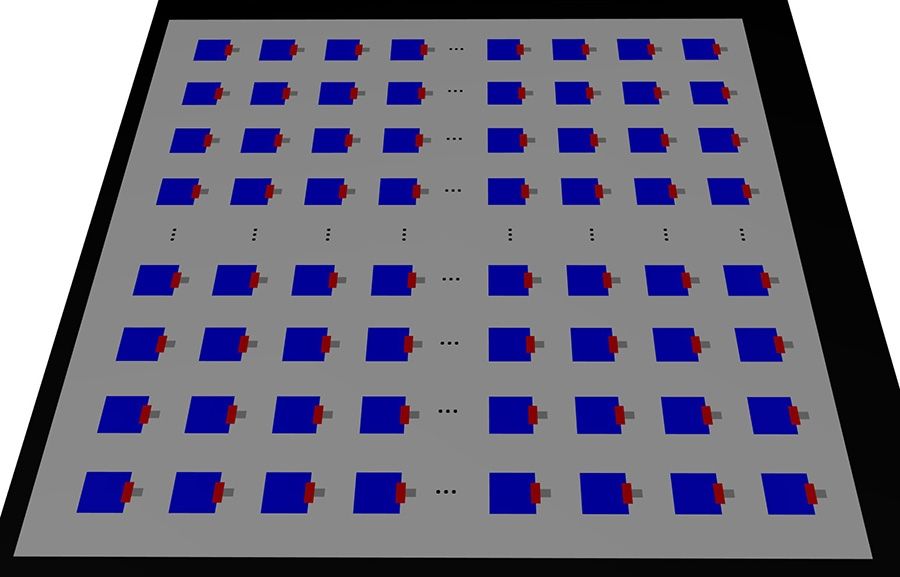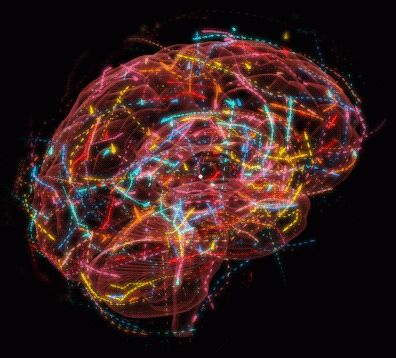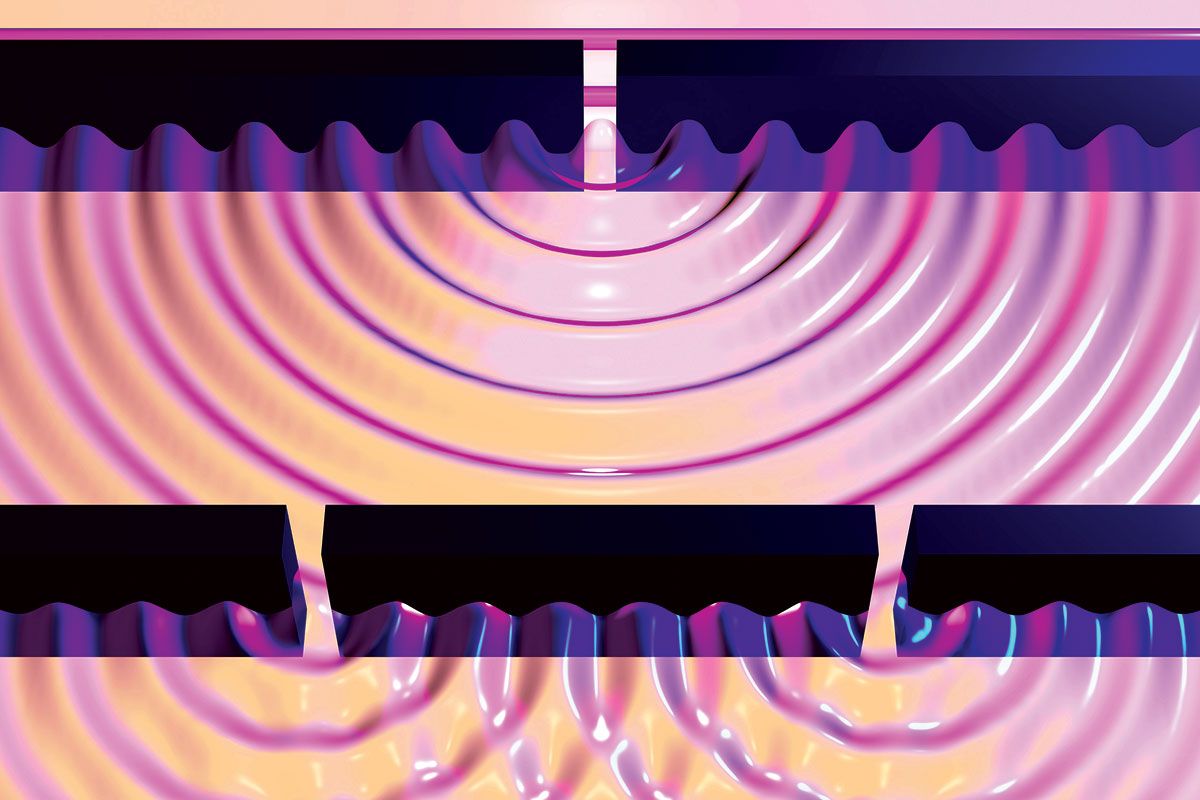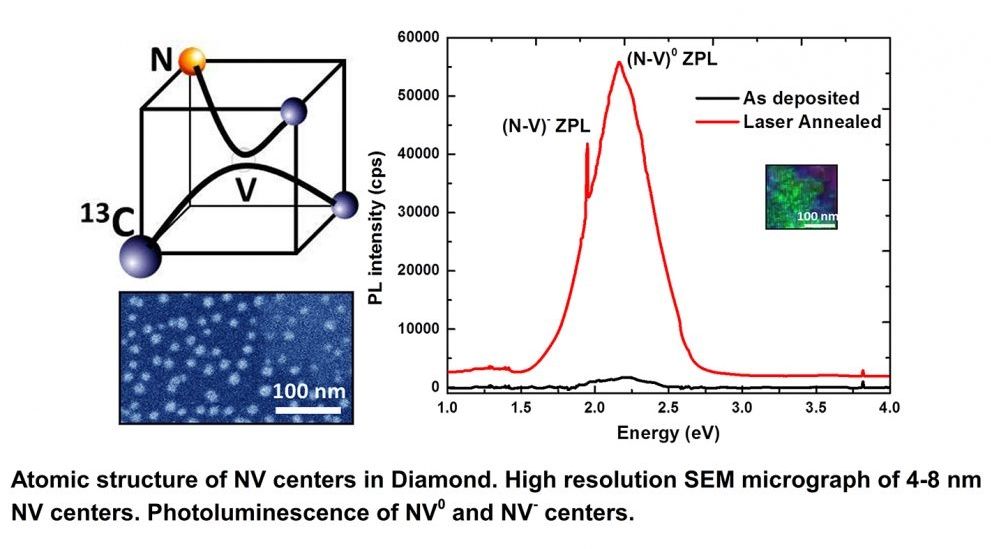Nov 3, 2016
TedX talk making the case for orbital space colonization and speaker made the most detailed space colony simulator ever
Posted by Klaus Baldauf in categories: business, space
Where will the best real estate outside of Earth be? In this fascinating talk, The building of the most accurate space colony simulator examines the evidence that “we can do better than Mars.”
Joe Strout’s programming career began at a young age, writing articles for “Nibble” magazine in high school. Joe obtained a bachelors in psychology from the University of Miami and a masters in neuroscience from the University of California, San Diego, but couldn’t resist the call of code and became a full-time software developer after graduate school. He now runs a consulting business, crafting unique software solutions to a wide range of problems. Joe and his two sons have been working on High Frontier for almost a year, and ran a successful Kickstarter campaign in November 2015.
